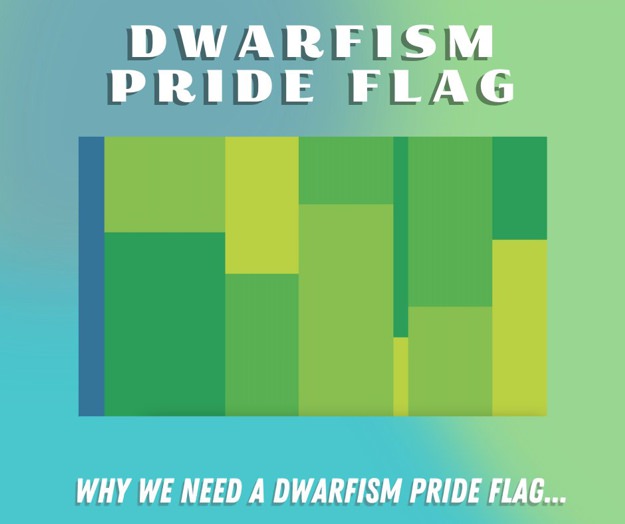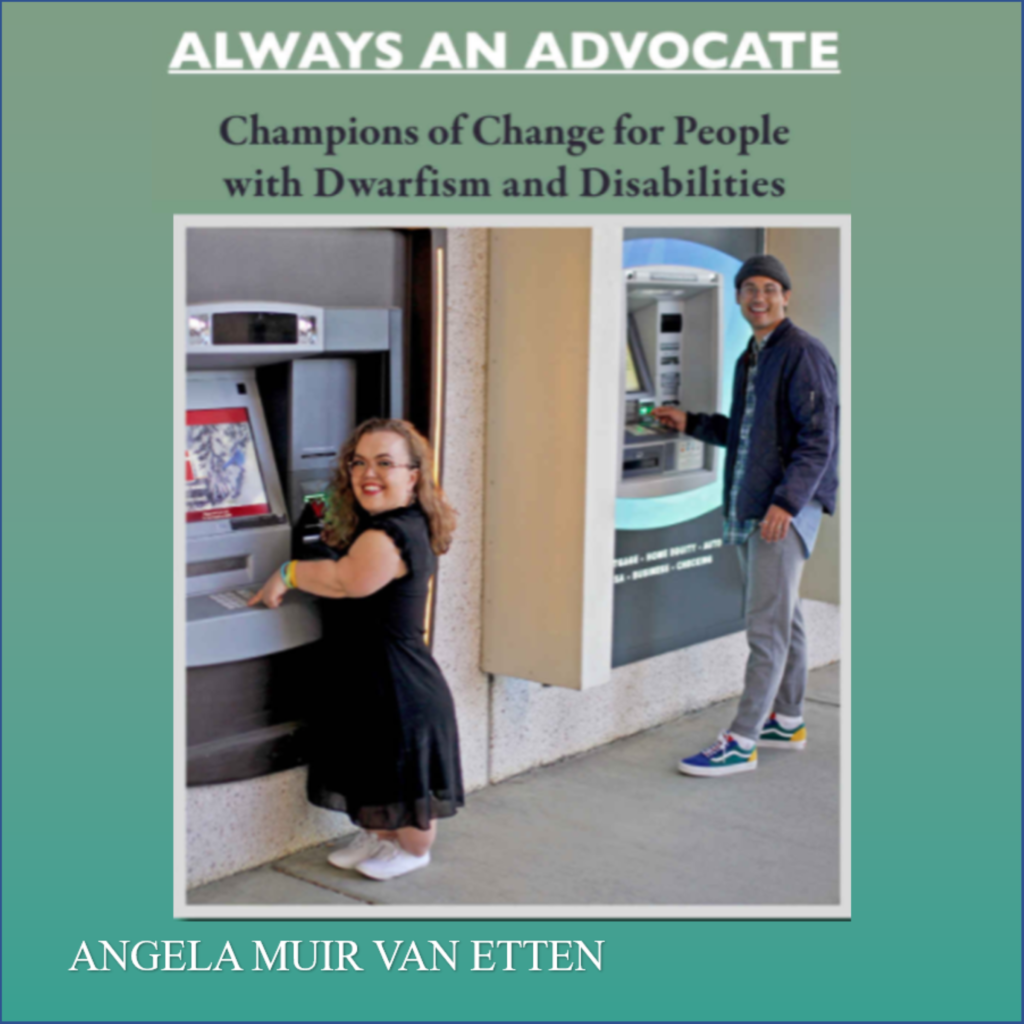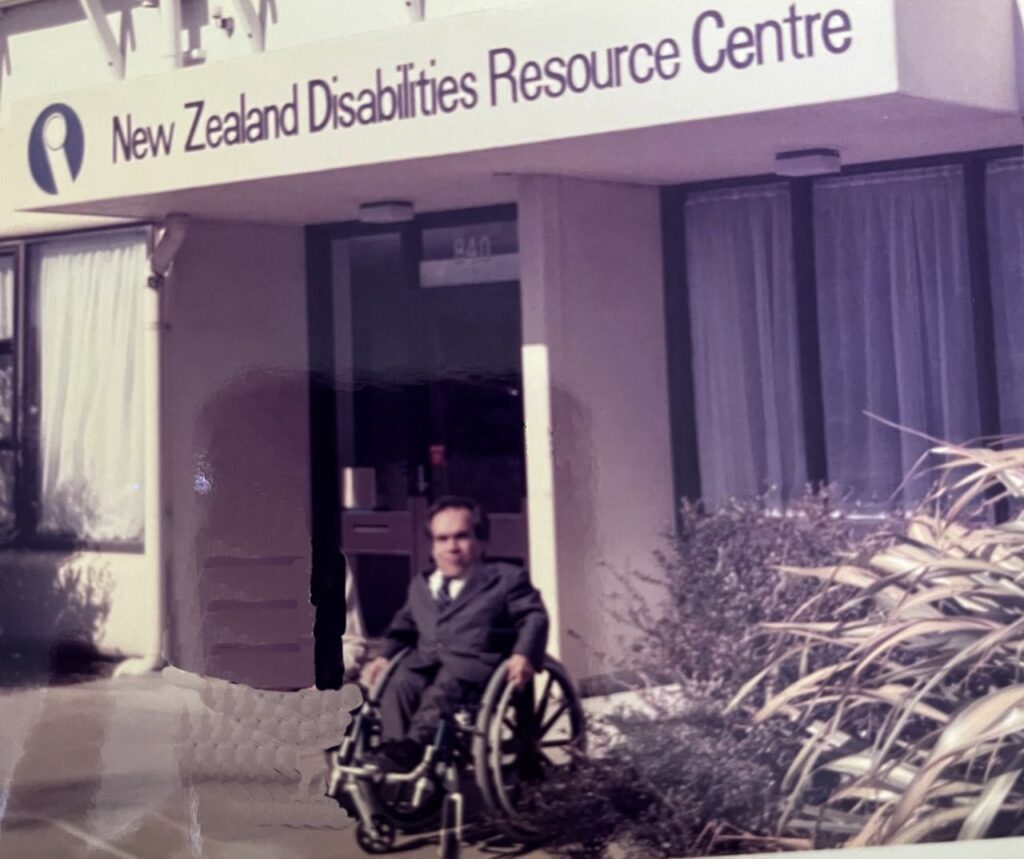Reviews help customers make good purchasing decisions. As the author of a dwarfism memoir trilogy, I am especially interested in book reviews and the designation of May 3 as “Write a Review Day.” Even though the day was founded to help the travel industry recover after the COVID-19 pandemic, it doubles as a guidepost for readers choosing among the four million or so new books published annually in the United States.
This is an opportune time for me to thank readers who wrote a review of my book, “ALWAYS AN ADVOCATE: Champions of Change for People with Dwarfism and Disabilities.” Maybe this sampling of book review excerpts will help you decide to read the book:
Want to subscribe to receive blog updates sign up today!
Angela writes as if she were a close friend sharing her story over a cup of tea—infusing humor and anecdotes. . . Always an Advocate doesn’t sugar coat the work needed in accomplishing great change, or the turmoil of politics that can exist . . ., but it does show us that it is possible. . . Angela’s work speaks to me like few books have.
~ Juliana (September 24, 2021)
“Angela does a magnificent job bringing you into this story. . . It’s unique, unheard, and untold. . . Must read!”
~ Clinton (September 24, 2021)
“I was pleased to get a copy of Always an Advocate by activist and lawyer Angela Van Etten. . . Drawing on her own personal experiences, alongside Robert, Angela demonstrates that the fight for equality for disabled people is not easy. I would definitely recommend this book to anyone interested in disability advocacy.”
~ Erin (September 15, 2021)
“Angela’s many examples of her pursuit to realize remedies by agencies, boards, and governments demonstrate that achieving success in getting decisions-makers to correct problems or remove barriers is rarely easy, never automatic, and seldom a solo effort, however she shows all of us that it is do-able [and] shows us the way.”
~ Lee (July 29, 2021)
“In a year where we have seen a multitude of books tied to disability, and the disability rights movement, come out, Angela stands alone as THE guide book for how to actually make the changes that we need to see in society. . . I strongly recommend this book for any growing advocate from the ADA generation and after. It reminds us that the battles that we fought aren’t easy, and that the work is far from done, while also arming you with the level of analysis and thinking we need as a movement to succeed. . . Pick it up today.
~ Rebecca (October 24, 2021)
“Angela has once again knocked it out of the ballpark with her new book.”
~ Michael (September 27, 2021)
“This is an amazing book about passion, patience and perseverance. . . She shares her faith and humor throughout the book as she talks about her journey as an advocate. . . She fought for banning dwarf tossing, improving reach barriers in public facilities and advocating for those with ADHD, just to mention a few.”
~ Lois (September 9, 2021)
Image Credit: Qualityrendersmicrostock from Pixabay
Bonus Book Reviews
“This book gives a peek into Angela’s life, the life of a Little Person, and documents her willingness to jump into the battle to help those who are struggling due to any disability. . . Reading this book gives me hope that one day there will be ‘Equal Access’ for all.”
~ Debby (September 16, 2021)
“The encounters of ATMs, parking spaces, and access to public buildings are a few of the giants Angela has had to overcome. . . Angela gives God the credit for making the impossible happen. . . Read this book and know that you too can make a difference in advocating for what is right.”
~ Brenda (September 30, 2021)
“We should all be thankful for her grit and tenacity. A book everyone should read!!”
~ Becky (September 27, 2021)
“Always An Advocate’ an important book, well written, easy to read, funny at times and above all conveying Angela’s passion for fighting for and defending the rights of disabled people. I certainly recommend it.”
~ Geoff (September 16, 2021)
“This book will encourage you to step off the sidelines to become an advocate.”
~ Ava (September 16, 2021)
“I read the whole book in one sitting. The range of her concerns and actions include not only issues of concern to little people, but those of people of many other disabilities and ages.”
~ Dianne (September 16, 2021)
For information on Angela’s books, blog, and media go to her website at https://angelamuirvanetten.com/books/










